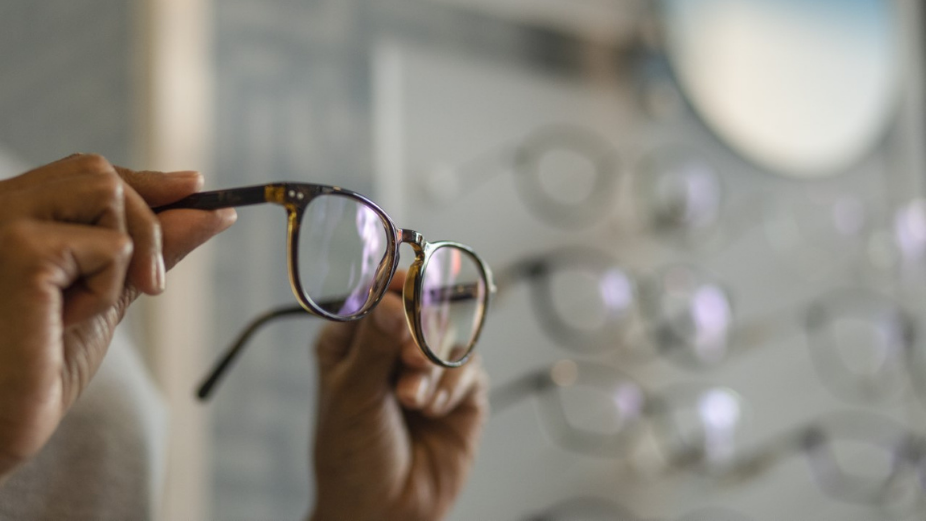
Whether scrolling on social media, reading a work report on our laptop, or even watching TV, it is safe to say that many of us spend a lot of time glued to our electronic devices. But did you know, that all of that blue light shining from the screens can end up damaging your eyesight?
In fact, research shows that over the last two years, especially due to the COVID-19 pandemic, the amount of blue light we are subjected to has increased twofold. Consequently, complaints of issues linked to blue light exposure such as sleep disruption, blurry vision and eye strain have also surged in recent days.
To find out more about the risks of blue light exposure, we had a chat with Dr. Arjun Malla Bhari, Senior Consultant Ophthalmologist at EyeCare Maldives.

What is blue light?
“Blue light is part of the visible light spectrum, what the human eye can see,” Dr. Arjun explains. “While visible light contains a range of wavelengths and energy, blue light has very short, high-energy waves.”
Due to its high energy, blue light has more potential to cause harm to the eye than other visible light. While sunlight is the most significant source of blue light, artificial sources include fluorescent lights, ‘energy saving’ bulbs, digital billboards, LED televisions, computer monitors, smart phones and tablet screens.
Blue light does have certain health benefits. It boosts alertness, helps memory and cognitive function, and elevates mood. It also regulates the circadian rhythm, the body’s natural wake and sleep cycle. However, there is concern about the long-term effects of screen exposure, especially with excessive screen time and when a screen is too close to the eyes.
Why is blue light harmful to our eyesight?
Blue light has various negative effects on our eyesight. Though further research is necessary to determine whether it directly impacts our eyesight, Dr. Arjun notes that there are both short-term and long-term risks of prolonged blue light exposure that we already know of.
The most common problem caused by blue light exposure is eye strain, which can result in dry eyes, fatigue, and headaches. Furthermore, there are concerns that continued exposure to blue light over time may cause vision problems such as age-related macular degeneration, although Dr. Arjun states that more research is necessary in this regard.
However, based on studies conducted on animals, continued blue light exposure has often been linked to various health problems, both physical and mental.
“As a result of the COVID-19 pandemic, as people spend more time on their screens, these problems have been further aggravated,” Dr. Arjun adds. “This is especially true of children and those with existing eyesight problems.”

How can we reduce the negative impacts of blue light?
In this digital day and age, although we are exposed to blue light both indoors and outdoors, we can limit the negative effects it may have on our eyesight by simply changing our habits and looking out for our health.
One of the most important effective things we can do is to limit our screen time. If you have to use your electronic devices for prolonged periods such as for work or school, make sure to take breaks away from the screen every half hour to give your retinas a rest.
Additionally, when picking out bulbs to use at night time, choose ones that emit more red-light wavelengths. Another tip is to try to limit your time watching TV, and if using a smartphone or other devices, turn on their blue light filters. Blue light glasses may also be helpful if you have trouble falling asleep.
EyeCare Maldives, the leading eyecare service provider in the Maldives, offers blue light glasses as well as consultations with specialists who can help alleviate your concerns. For more information, visit https://eyecare.mv/












